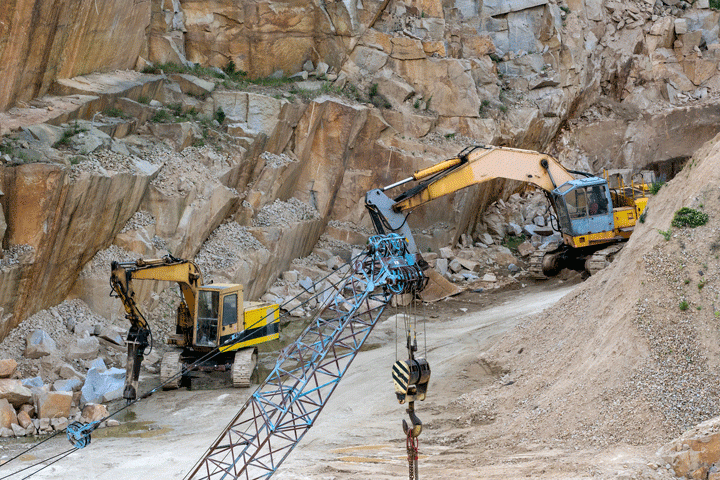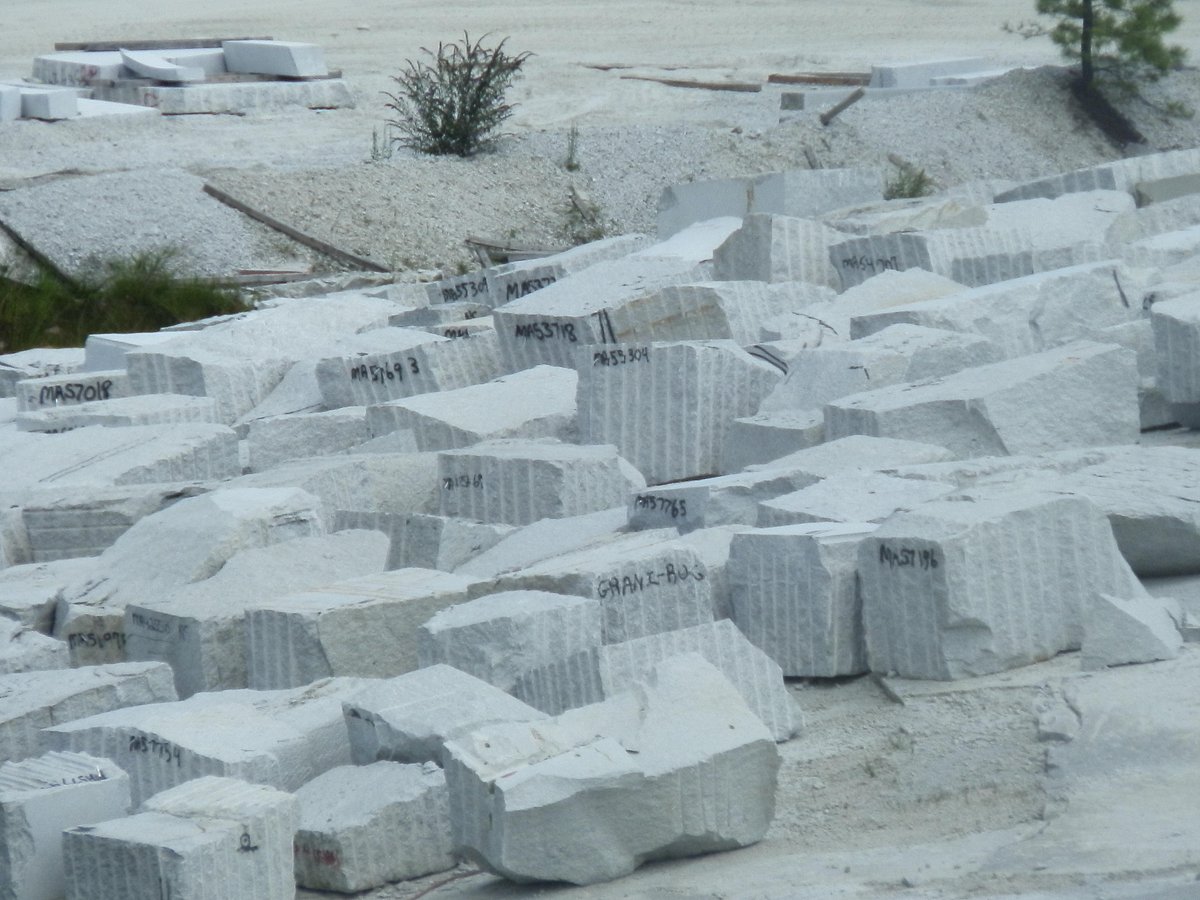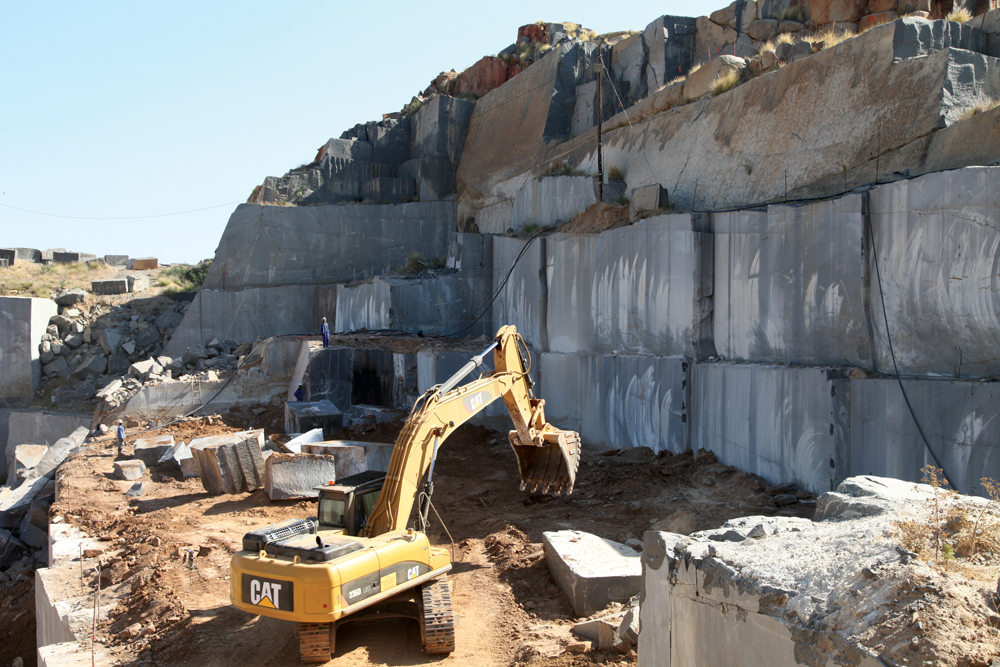Revealing Granite Quarries in South Africa Legacy: A Trip Through Quarries
Revealing Granite Quarries in South Africa Legacy: A Trip Through Quarries
Blog Article
Discovering the Rich History and Lasting Practices of Granite Quarrying
As we base on the precipice of revealing the complex tapestry of granite quarrying, a journey with time reveals not simply the physical act of extracting rock but additionally the cultural and historical value woven into the really material of this technique. From the ancient origins that laid the structure for modern-day quarrying strategies to the sustainable techniques that are forming the future of this industry, each sculpt mark on granite surface areas narrates waiting to be unearthed (granite quarries in south africa). The tradition of granite quarrying extends much beyond plain extraction; it is a testament to human resourcefulness, strength, and the long-lasting allure of this marvelous rock
Ancient Origins of Granite Quarrying
Dating back to ancient human beings, the practice of quarrying granite has actually been an essential part of human background and architectural advancement. The earliest evidence of granite quarrying go back to old Egypt, where massive pyramids and detailed sculptures were crafted from this sturdy rock. The Egyptians utilized primitive tools to extract granite blocks from quarries, showcasing the importance of this material in their monumental buildings.
Progressing in background, the Greeks additionally made significant contributions to the quarrying of granite. The Greeks utilized granite in different architectural marvels, such as holy places and sculptures, showing their skill in shaping and carving this hardy stone. The Romans further refined the techniques of quarrying granite, employing advanced devices like blades and hammers to essence and shape granite for their famous structures.
Through the centuries, the practice of quarrying granite has actually evolved, with contemporary innovations improving effectiveness while maintaining the timeless appeal of this all-natural rock - granite quarries in south africa. From old people to contemporary home builders, the tradition of granite quarrying continues to shape our globe
Evolution of Quarrying Techniques
The advancement of quarrying techniques has actually been noted by a continuous progression towards greater performance and precision in extracting granite. From the basic methods utilized by our ancestors to the advanced technologies made use of in contemporary quarrying operations, the industry has actually undertaken considerable developments. Early quarrying strategies included manual labor with standard tools such as chisels, hammers, and wedges to extract granite blocks from the planet. As human beings advanced, methods like fire-setting and primitive nitroglycerins were presented to assist in the removal procedure.
In more current times, the development of equipment revolutionized the quarrying market, making it possible for faster removal rates and boosted performance. Technologies such as diamond cord saws, high-pressure water jets, and pneumatically-driven drills have become common in contemporary quarries, enabling exact cutting and minimized waste. Innovations in computer-controlled equipment and 3D modeling have optimized quarrying operations, leading to marginal ecological influence and enhanced sustainability methods. As the demand for granite proceeds to rise, the advancement of quarrying methods remains important to conference market requires efficiently and sustainably.
Cultural Value of Granite
Granite holds a profound social relevance across various people as a result of its long-lasting existence in building work of arts and respected monuments. From the magnificent pyramids of Egypt to the elaborate carvings of the Angkor Wat temple in Cambodia, granite has actually been a product of option for revealing magnificence and long life in social heritage. In ancient Rome, granite columns embellished holy places and public structures, representing toughness and durability. The social importance of granite expands past its physical features; it embodies resilience, stability, and eternity, making it helpful resources a symbol of sustaining legacies and customs.

Sustainable Practices in Quarrying
Among the abundant history of granite quarrying and its social significance exists an expanding emphasis on lasting methods within the industry. As ecological recognition and problems regarding source deficiency have enhanced around the world, the quarrying market has increasingly welcomed sustainable techniques to reduce its effect on the atmosphere and surrounding neighborhoods.

Moreover, recovery and recovery of quarry websites post-extraction are essential to lasting methods. By restoring quarried locations to a natural or advantageous state, such as developing wildlife habitats or leisure rooms, quarriers can offset the environmental impact of their operations and add positively to the neighborhood ecological community.
Heritage of Granite Quarrying
With a historical background soaked in workmanship and commercial progress, what withstanding impact has granite quarrying left on the landscape of contemporary society? The legacy of granite quarrying transcends mere removal practices; it has actually formed architectural marvels, urban landscapes, and social heritage worldwide. The long lasting nature of granite has actually made it a preferred option for monuments, buildings, and facilities, standing as a testament to the skill and virtuosity of quarry workers throughout generations.
Additionally, the financial impact of granite quarrying can not be neglected. The market remains to offer job opportunity and drive local economies in areas where granite extraction prevails. It has also stimulated technical developments in quarrying techniques and devices, resulting in much more effective and sustainable techniques.
In terms of sustainability, the tradition of granite quarrying includes initiatives to alleviate ecological impacts via recovery tasks and accountable resource management. By stabilizing financial passions with environmental stewardship, the market aims to make certain that future generations can proceed to gain from this long-lasting natural deposit.
Verdict

Report this page